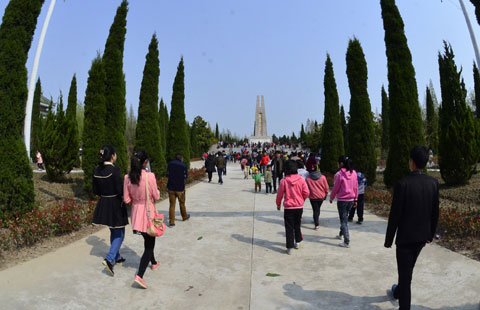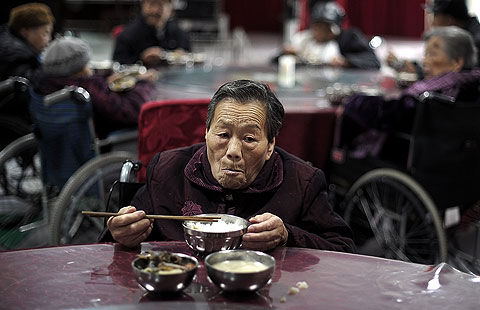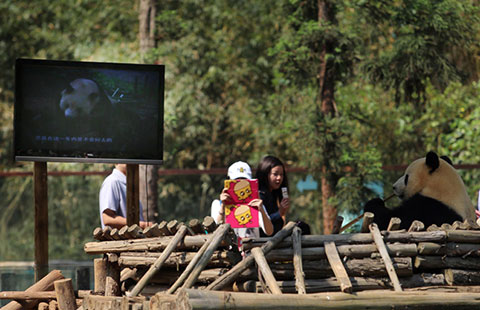China's currency conundrum
Updated: 2014-04-17 09:43
By Ronald McKinnon (chinadaily.com.cn)
|
|||||||||||
The People's Bank of China's (PBOC), it seems, cannot win. In late February, the gradual appreciation of the renminbi was interrupted by a 1% depreciation (to $1:¥6.12). Though insignificant in overall trade terms, especially when compared with the volatility of floating exchange-rate regimes, the renminbi's unexpected weakening sparked a global furor.
The uproar was not surprising. After all, China has been under constant pressure from foreign governments to revalue, in the mistaken belief that a stronger currency would reduce China's large trade surplus. And, since July 2008, when the exchange rate was $1:¥8.28 (and had been held constant for 10 years), the PBOC had, more or less, complied with appreciations approximating 3 percent per year through 2013.
However, the international outcry obscured another, unintended but perhaps more troubling, feature of China's exchange-rate policy: the tendency for sporadic renminbi appreciation (even small movements) to trigger speculative inflows of "hot" money. With short-term interest rates in the United States near zero, and the "natural" interbank interest rate in faster-growing China at near 4%, an expected 3% appreciation, for example, translates into an "effective" interest-rate differential of 7%. This is an enticing spread for currency speculators who borrow in dollars and circumvent China's capital controls to buy renminbi assets.
The hot-money problem is only made worse by the ongoing international pressure for further renminbi revaluation, usually from Western economists and politicians who blame the exchange rate for China's current-account surplus with the US and other developed economies. In reality, the trade imbalance reflects the difference between China's large savings surplus and the even bigger US saving deficiency largely explained by the US fiscal deficit. Indeed, the wholesale price index – the best measure of tradable-goods prices in China – has been falling by about 1.5% annually, which suggests that the renminbi may even be slightly overvalued.
Simply put, exchange-rates movements do not properly correct net trade (saving) imbalances between open economies; but they can increase hot money flows. So, the PBOC tried to upset speculators by introducing more uncertainty into the exchange-rate system, as occurred with February's surprise devaluation. In mid March, the PBOC announced that the daily movement in the yuan/dollar rate would be increased from ± 1% to ± 2%, to further dampen the enthusiasm of hot money speculators. While this is all well and good, speculative inflows would be further dampened if today's central rate, say, $1:¥6.1, was stabilized into the indefinite future.
There is another, less-discussed, justification for holding the currency stable. The adjustment mechanism usually provided by exchange-rate movements could instead be delivered by wage changes. It is only in more sluggish industrial economies, where wages are assumed to be inflexible, that policymakers advocate exchange-rate movements as a means to overcome wage stickiness.
Today's Top News
US says Ukraine not on brink of civil war
China unveils new economic package
In-flight Web access put to test
Beijing's neighbors source of PM 2.5
China covers 646,000 sq km searching for MH370
S.Korean ship rescue begins
Geneva talk on Ukraine 'welcome'
China urges Syrian talks
Hot Topics
Lunar probe , China growth forecasts, Emission rules get tougher, China seen through 'colored lens', International board,
Editor's Picks

|

|

|

|

|

|





